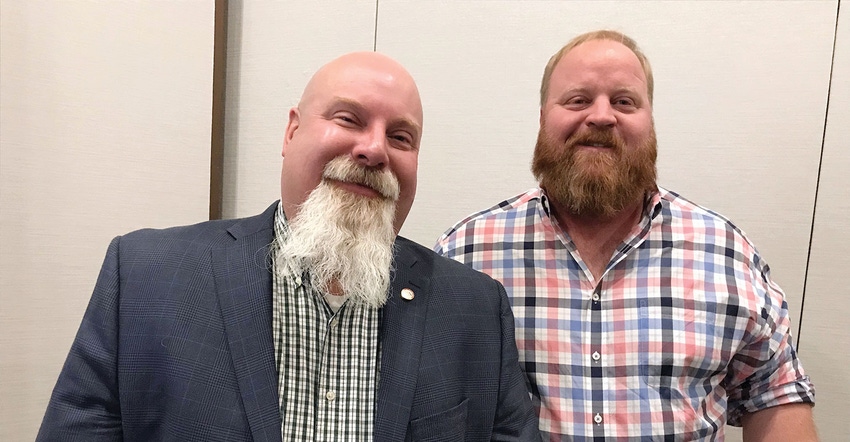
Cotton Plant, Ark., farmer Adam Chappell says a switch to no-till and cover crops saved the farm, but he cautions producers to manage expectations in the early going.
Part of his system for soybeans includes planting conventional varieties.
University of Arkansas Extension agronomist Jeremy Ross explained some of the issues producers might encounter by making a similar change.
Chappell and Ross discussed the system at the recent Cotton and Rice Conservation Systems Conference in Memphis, Tenn.
"Producers should consider the pros and cons," Ross says. Pros include reduced seed costs for conventional soybean varieties. Saving seed might be an option. Producers also could receive a premium, 50 cents to $2 a bushel, for non-GMO soybeans. New markets may be available.
On the negative side, Ross notes weed control, changing production practices and potential for conventional seed mixing with GMO varieties. "Producers may need dedicated storage systems for non-GMO soybeans. "They may need to change production practices, too," Ross says, "including adding cover crops and planting in narrower rows."
Producers also should select fields carefully when converting to conventional soybeans. "If a field has a history of resistant pigweeds, they need to keep those areas clean. Identify weed populations. Overlap residual herbicides. Metribuzin is a must.
"Variety selection is important," he adds, "and the producer should plant early in 15-inch rows."
Chappell and Ross agree that the system will save money, including seed costs, reduced fertilizer demand, fewer irrigation applications and less insect pressure.
"Change your mindset," Chappell says. "It's possible."
About the Author(s)
You May Also Like






